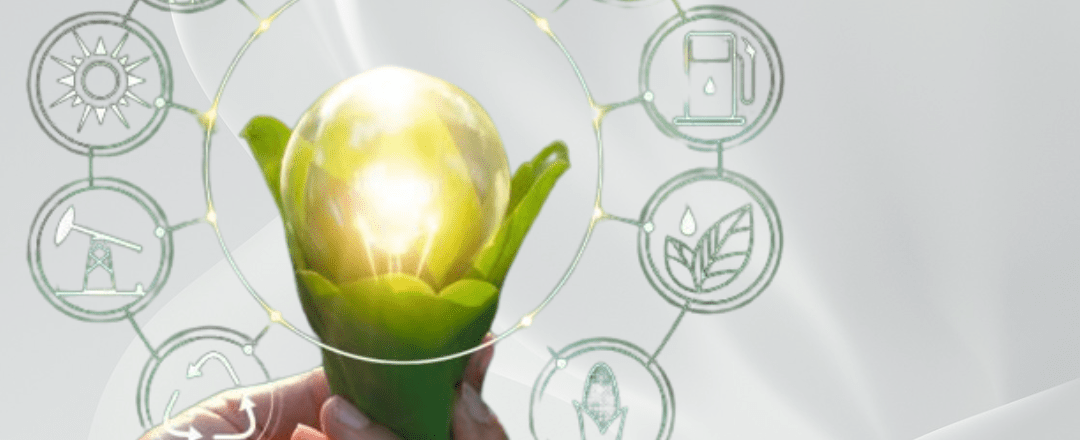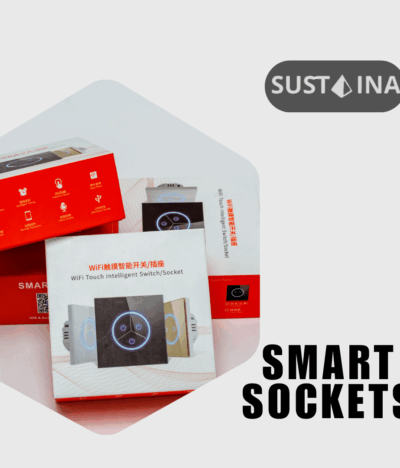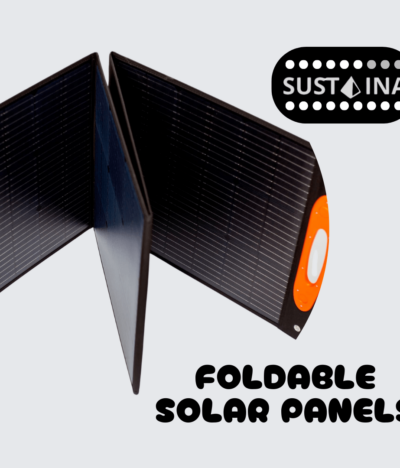Storms don’t knock anymore—they barge in. I’ve watched power lines snap in howling winds, leaving my neighborhood dark and silent, fridge humming to a stop, phones dying one by one. It’s not just inconvenient; it’s unsettling, especially when you don’t know how long it’ll last. Extreme weather—hurricanes, wildfires, floods—is hitting harder and more often, and our old grids just can’t keep up. But there’s hope in the chaos: Sustaina Crest Solutions is building a lifeline with renewable resilience systems like microgrids and solar backups. These aren’t just gadgets—they’re a promise that communities can stay powered, connected, and strong, no matter what the sky throws down. Here’s how Sustaina Crest is weaving resilience into the fabric of our lives, one storm at a time.
The New Normal: Power Outages on the Rise
Extreme weather isn’t a fluke—it’s the new reality. The U.S. saw over 20 billion-dollar weather disasters in 2024 alone, and power outages are the ugly sidekick. A U.S. Department of Energy report says grid failures from storms have doubled in the last decade—think Hurricane Helene’s wrath or California’s wildfire blackouts. When the grid goes down, it’s not just lights out; hospitals scramble, businesses stall, and homes turn cold.
Sustaina Crest gets it: centralized grids are brittle, single-point failures waiting to crack. Their answer? Decentralized, renewable power that doesn’t flinch when the storm hits.
Microgrids: Your Community’s Power Island (Renewable Resilience)
Sustaina Crest’s microgrids are like neighborhood superheroes—small, self-contained energy systems that can disconnect from the main grid and keep running. Packed with solar panels, batteries, and smart controls, they’re built to power critical spots—think clinics, schools, or your local grocery—when the big grid buckles. A National Renewable Energy Laboratory study highlights how microgrids cut outage impacts by keeping local power flowing.
Imagine this: a flood wipes out the main lines, but your town’s microgrid hums on, solar panels soaking up daylight, batteries kicking in at night. Sustaina Crest rolled one out for a rural client—when a blizzard hit, their community center stayed lit while the county went dark. It’s not sci-fi; it’s stability you can count on.
Solar Backups: Sunlight When the Grid Fails (Renewable Resilience)
Solar’s more than a green buzzword with Sustaina Crest—it’s a crisis lifeline. Their solar backup systems pair panels with hefty batteries, storing sunshine for when clouds roll in or lines snap. A BloombergNEF analysis notes solar-plus-storage costs have plummeted, making it viable for homes and businesses to stay powered off-grid.
Sustaina Crest scales that up: a small business they wired kept registers ringing during a blackout, no generator roar needed. It’s quiet, clean resilience—sunlight stepping in when the grid steps out.
Why It Works: Renewables Beat the Storm
Old-school power leans on sprawling lines and fossil plants—easy targets for wind, water, or fire. Sustaina Crest’s renewable systems flip that vulnerability. Microgrids “island” from the grid, dodging widespread failures. Solar backups don’t need fuel trucks that can’t reach you in a crisis. A World Economic Forum piece says renewables-based microgrids boost energy security by cutting reliance on fragile infrastructure.
Sustaina Crest’s clients don’t sweat that—the sun’s free, and their batteries don’t care if roads are flooded. It’s power that thrives when everything else falters.
Real Stories: Communities Standing Tall
Sustaina Crest’s work isn’t theory—it’s proven. Take a coastal town they equipped with a microgrid: Hurricane winds knocked out the grid for a week, but their system kept the fire station and a shelter running. Residents charged phones, cooked meals—life didn’t stop. Another client, a rural school, leaned on solar backups during wildfires—kids stayed warm, classes went on.
A Clean Coalition report backs it—communities with microgrids bounce back faster, economically and emotionally. Sustaina Crest isn’t just selling tech; they’re building anchors for towns to hold steady.
The Cost Factor: Resilience That Pays Off
Sure, there’s an upfront hit—microgrids and solar setups aren’t cheap. But Sustaina Crest frames it right: it’s an investment, not an expense. A Harvard Business Review study found resilient energy systems save 5-10% annually by dodging outage losses—think spoiled inventory or missed workdays. For businesses, that’s profit; for homes, it’s peace.
Sustaina Crest’s clients skip that pain, and over time, solar slashes bills too. A factory they fitted out cut energy costs by 15% post-install—resilience that pays dividends, storm or shine.
Beyond Power: The Community Boost
Sustaina Crest’s systems do more than keep lights on—they knit communities tighter. Microgrids can power resilience hubs—spots where folks gather, charge devices, or get help. A National Geographic feature on post-disaster recovery says these hubs speed healing by keeping people connected. Solar backups mean no one’s left in the dark, literally or figuratively.
Sustaina Crest amplifies that spirit: a client’s community center became a lifeline, not a liability. It’s not just watts; it’s warmth—human and electric.
Challenges: Making It Work Everywhere
It’s not all smooth sailing. Microgrids need space—solar panels don’t fit every roof. Upfront costs can scare off tight budgets, and rural spots might lag on tech support. A TechCrunch report on green tech says scaling’s the hurdle—Sustaina Crest has to tailor each fix to the place.
The Bigger Picture: Thriving, Not Just Surviving
Sustaina Crest isn’t patching holes—they’re building a future where communities don’t just endure storms but thrive through them. With climate chaos ramping up—over 50% of U.S. power outages tie to weather, per the EIA—relying on creaky grids is a losing bet. Their microgrids and solar backups shift the game: power stays local, renewable, and tough.
Sustaina Crest’s clients live that now—schools open, businesses hum, homes glow. It’s resilience that doesn’t just weather the storm—it outlasts it.
Conclusion
Sustaina Crest Solutions is rewriting the rules of renewable resilience—microgrids and solar backups that keep communities steady when extreme weather or crises strike. It’s not about hoping the grid holds; it’s about knowing your power won’t quit. I’ve tasted the dark side of outages—don’t wait ‘til you’re there. Whether you’re a homeowner, a business, or a town planner, Sustaina Crest’s got the tools to keep you thriving, not just surviving. Contact Sustaina Crest Solutions today—call, email, whatever works. They’ll light the way through any storm—because with Sustaina Crest, your community’s power is built to last.




